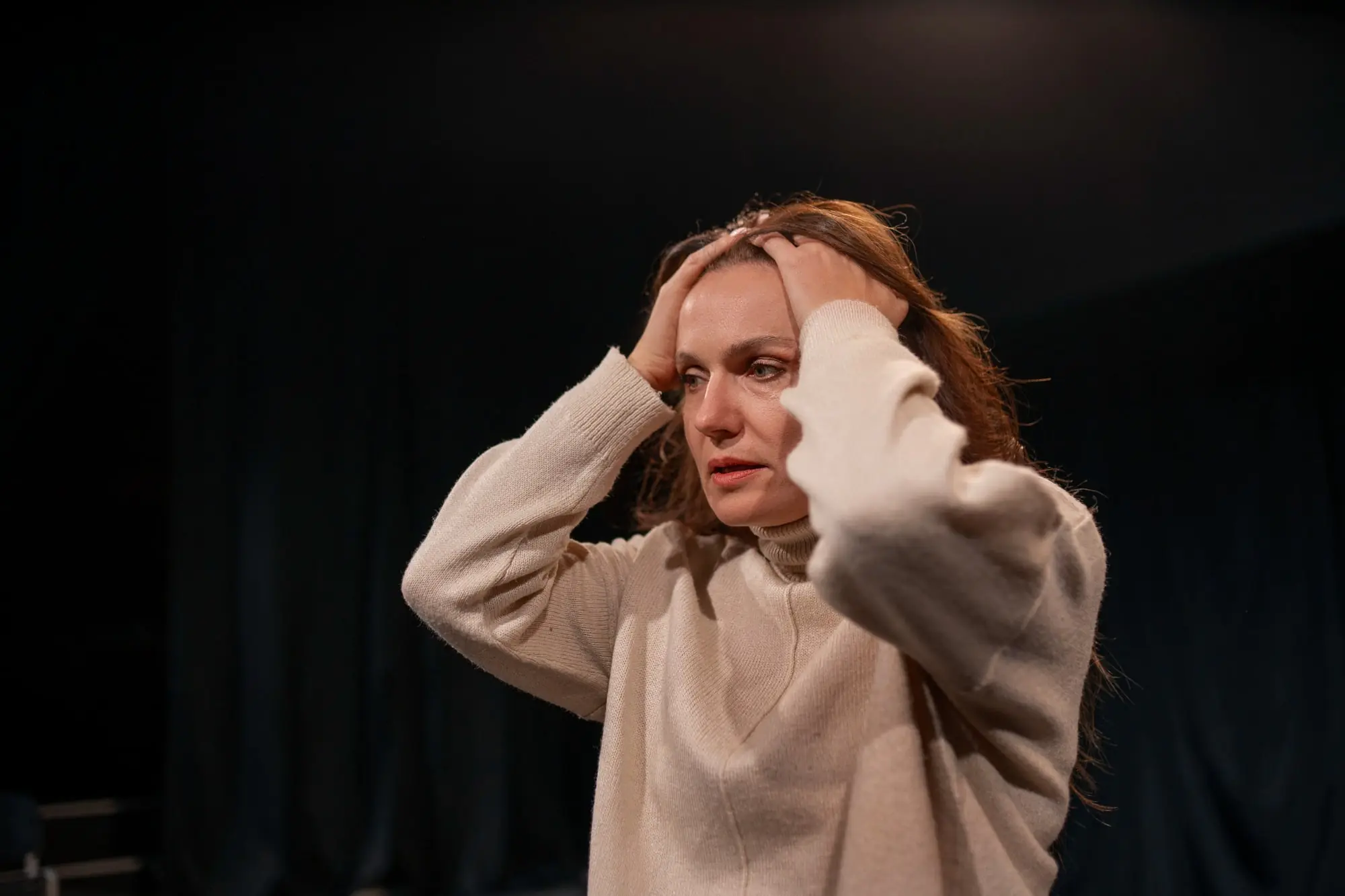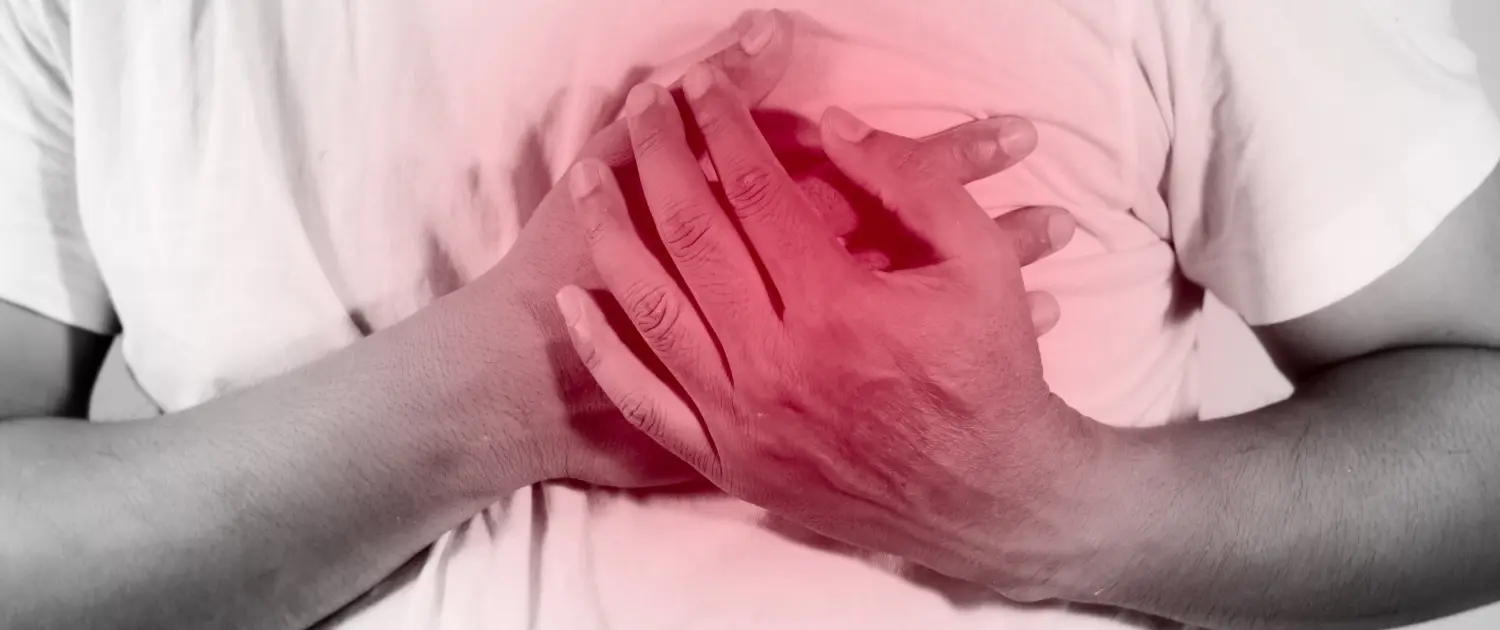What is Vertigo?
Dizziness is a common clinical complaint. Vertigo is a specific type of dizziness and accounts for a significant proportion of dizziness cases. Vertigo can be described as the rotation or movement of the individual and his/her environment. This can occur especially when there are sudden movements, sudden turns of the head and triggers (light, noise, etc.) in the environment. Vertigo can be considered a symptom, not a disease in itself. It can cause difficulty in maintaining balance and disruption of daily tasks. Vertigo is not always the result of a health problem. Attacks may last a few seconds or may be longer. In severe cases of vertigo, signs and symptoms may last for several days. Some individuals may experience a number of symptoms that accompany vertigo. Injury and trauma, infections, certain diseases and medications can predispose to vertigo.What are the Symptoms of Vertigo?
Vertigo can be defined as the feeling that one’s self and one’s surroundings are spinning. Among the symptoms of vertigo, dizziness can often lead to imbalance. Vertigo is usually not a disease in itself, but a symptom of some health problems. It may therefore be accompanied by additional signs and symptoms:- Loss of balance and falls,
- Nausea and vomiting,
- Hearing loss in one or both ears,
- Ringing or a feeling of fullness in the ears,
- Headache
- Rapid and uncontrolled movements of the eyes and problems with focusing.
- Speech impairment,
- Difficulty swallowing,
- Double vision
- Facial paralysis
- Weakness in limbs such as fingers, arms and legs.
What Causes Vertigo?
Since the cause of vertigo can vary, there is no specific answer to the question “What causes vertigo?“. Vertigo is mainly divided into two types: central and peripheral. Peripheral vertigo can be caused by problems in the semicircular canals and vestibular nerves, which are located in the inner ear and provide balance. It is the most common type of vertigo and can be caused by problems in the inner ear. Factors that can cause peripheral vertigo include- Benign positional vertigo,
- Labyrinthitis (inflammation of the inner ear),
- Vestibular neuritis (inflammation of the vestibular nerve),
- Meniere’s disease
- Injuries and head trauma,
- Compression of nerves by meningioma and schwannoma tumors,
- Medicines such as salicylates, some antibiotics and diuretics.
- Multiple sclerosis (MS),
- Tumors
- Cardiovascular diseases,
- Seizures and paralysis,
- Vestibular migraine
- Alcohol, aspirin and anticonvulsant drugs.

How to recognize vertigo?
Medical history, family history and physical examination are the main methods for understanding vertigo. However, blood tests may be performed to exclude certain conditions. Other existing diseases, symptoms and medications can be assessed. A number of tests may be recommended to check hearing and balance. Tests used to detect inner ear problems may include- Fukuda step test: You are asked to walk straight for 30 seconds with your eyes closed. Unsteadiness and dizziness may indicate vertigo.
- Romberg test The feet are asked to close together and the arms are asked to stand on either side and the eyes are asked to close. Loss of balance in this case may indicate a problem in the brain or nervous system.
- The eyes are focused on a fixed target and the head is moved to the right and left. Eye movements are monitored during this process. Uncontrolled eye movements can be a sign of vertigo.
Vertigo Treatment
The underlying cause of vertigo needs to be identified and a course of treatment determined. Vertigo treatment may include symptomatic maneuvers and exercises, medication and surgery. The preferred methods in shaping the vertigo treatment plan may be as follows:- Epley maneuver The Epley repositioning maneuver is a head movement used especially in cases of benign positional vertigo. In benign positional vertigo, the crystals in the inner ear shift away from where they belong. The Epley vertigo maneuver can help shift these crystals back into place.
- Medication: A number of medications may be prescribed to control acute vertigo and relieve symptoms of nausea and vomiting.
- Physical therapy/exercises: Exercises may be preferred to correct dizziness, loss of balance and vision problems caused by vertigo. Exercises for stretching, strengthening, walking in place, balance and control of eye movements can be applied.
- Surgery Brain and brain stem injuries, tumors, etc. In severe cases, surgery may be needed. Generally, surgery can be performed in patients who do not respond to other treatments.
Vertigo Test
Videonystagmography (VNG) is a test that evaluates eye movements and is used in inner ear disorders. Vertigo, balance problems, pressure and ringing in the ears may require a VNG test. Videonystagmography can mainly detect irregular eye movements, defined as “nystagmus”. In the case of nystagmus, uncontrolled and rapid movement of the eyes up, down and sideways can be observed. Nystagmus may occur with head movement in certain directions. However, nystagmus while sitting still may indicate a vestibular problem. Used as a test for vertigo, VNG may also be used to diagnose labyrinthitis, Meniere’s disease, vestibular neuritis and acoustic neuroma. In the vertigo test, the individual is seated in a dark room with a special pair of glasses. They are asked to watch moving shapes on the screen and move the head in different directions. Cameras in goggles can detect uncontrolled eye movementsVertigo at Home
Home vertigo treatments can help alleviate or improve symptoms. Your doctor may make some recommendations for managing vertigo at home:- Moving slowly when standing up or moving the head,
- Avoid reaching for high shelves,
- Lying down or sleeping using two or more pillows,
- Squatting instead of bending when lifting an object,
- Moving the head slowly and carefully while performing daily tasks,
- Prefer a dark and quiet room when lying down or sleeping,
- Sit down as soon as dizziness starts,
- Use a cane or support device in case of a fall.
How to Treat a Vertigo Attack at Home?
During vertigo attacks at home, some precautions can be taken to prevent the symptoms from worsening. Usually the vertigo will resolve on its own, but in some cases it may take longer. For the question “What to do during a vertigo attack?“, measures that can be taken to prevent falls and worsening of vertigo may include the following:- As soon as you feel dizzy, you should sit down and stay still.
- You should not make sudden changes of position.
- You should avoid bright lights and noisy environments.
- You should avoid certain head positions.
- During prolonged vertigo attacks, you should lie down in a quiet and dark room.
- You should not try to read during an attack of vertigo .
- When the symptoms go away, you should move slowly.
What Causes Vertigo?
Vertigo can be serious in some cases. People’s daily work and social life may be negatively affected. In this case, vertigo can have physical and psychosocial effects. Providing care, running household chores, driving and going to work, etc. activities may be difficult to maintain. However, vertigo can lead to dangerous conditions such as- Falls and bone fractures,
- Injuries and accidents,
- Anxiety, anxiety or depression,
- Restlessness and irritability.
Frequently Asked Questions
In addition to dizziness, vertigo can take a more serious and dangerous course. In this context, I may receive many questions about vertigo. You can read the rest of the article to see the most curious questions about vertigo such as “What is vertigo?“.
Which Doctor Should I Go to for Vertigo?
In response to the question “Which department treats vertigo?“, the ear, nose and throat (ENT) or neurology department should be visited. Since problems in the inner ear may be brain-centered, neurology referral may be necessary.
What to Do in a Vertigo Attack?
During a vertigo attack, you should sit without moving more, avoid sudden movements of the head and avoid sudden changes in position. In response to the question “What to do in a vertigo attack?“, it may be a priority to avoid triggers such as noise and light, to sit or lie down immediately in your environment, and not to change the head position.
Does Vertigo Cause Loss of Balance?
Vertigo is the sensation of the person and his or her surroundings spinning, which can cause loss of balance. Loss of balance can be short-term or long-term and can lead to bumps and falls.
Is Vertigo Caused by Sadness?
Although sadness and stress do not directly cause vertigo, studies suggest that they may contribute to its development. The balance and coordination center in the inner ear can be triggered by sadness and stress, and vestibular system disorders can cause stress-induced vertigo symptoms
Should Vertigo Patients Avoid Coffee?
Coffee can trigger dizziness in people with vertigo and vestibular migraine. Coffee with diuretic properties can cause dehydration, dehydration and dizziness may be interrelated
What Movements are Good for Vertigo?
There are some vertigo movements that are recommended to alleviate vertigo symptoms. Commonly preferred movements are Epley, Semont, Foster maneuver and Brandt-Daroff exercises. Consult your doctor for the most suitable exercises for you, as they have different application methods.
What are the Foods Good for Vertigo?
Drinking plenty of water, antioxidants and anti-inflammatory foods can be preferred for the treatment of vertigo. Tomatoes, walnuts, hazelnuts, ginger, fruits and vegetables containing vitamins B and C, zinc and magnesium-rich sources can be good for vertigo
Which Vitamin Should a Vertigo Patient Use?
Although there are limited studies, the vitamins generally recommended for vertigo patients are vitamin D and B vitamins such as B3 and B5. Always consult your doctor before using vitamin supplements.
What Triggers a Vertigo Attack?
Vertigo attacks can be triggered by dehydration (loss of fluid from the body), stress and sadness, heavy physical activity, migraine, alcohol and various medications. In addition, certain diseases (MS, tumors, labyrinthitis, etc.) can contribute to triggering vertigo.
At what age does vertigo start?
Vertigo can occur in almost every age group. In young children, vertigo may occur rarely. Usually vertigo can start in the early 20s. However, vertigo attacks may become more frequent with aging
One Dose Health provides online health counseling for the diagnosis and treatment of vertigo with 24/7 accessibility. It allows online doctor consultations from your location.





